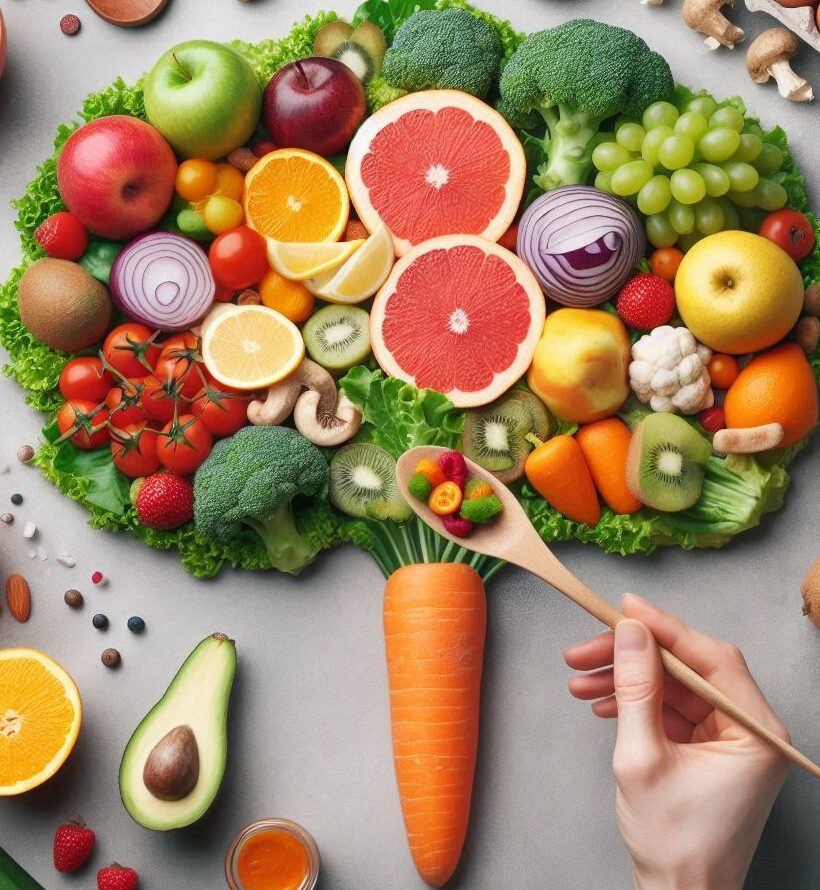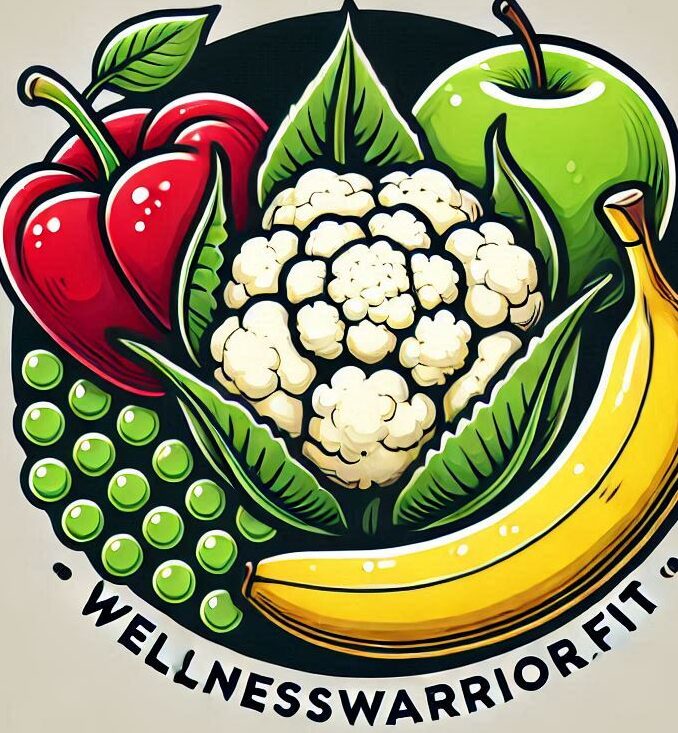Sugar isn’t just a sweetener—it’s a sneaky little player that causes a lot of chaos in our bodies, sometimes without us noticing. We often give into that sweet craving, not realizing the biochemical effect. It prompts a rush of insulin to handle the glucose spike, which over time can lead to insulin resistance. That’s a fancy way of saying your cells stop responding to insulin, which can open the door to type 2 diabetes.
In the short term, sugar can give you that quick high but then pulls you down just as fast. Imagine slipping on ice—fast up, fast down! But over time, consistently consuming high amounts of sugar can lead to some not-so-sweet outcomes like increased risk of suffering from chronic diseases, including heart disease and obesity. And if you think sugar’s role in heart health is over-hyped, think again. Elevated sugar intake is linked to higher triglycerides—a type of undesirable fat in your blood.
Let’s not skip over obesity. Sugar-loaded foods pack on the calories without filling you up. So, you end up eating more without satisfying your hunger. This impacts weight and can contribute to obesity, which is a risk factor for a host of health concerns from joint problems to heart woes.
Our teeth have a real beef with sugar too, causing cavities and decay. It feeds harmful bacteria in the mouth, leading to plaque formation. That sneaky sugar transforms into acid that can erode your precious tooth enamel over time.
Essentially, it’s a chain reaction where sugar’s impact on one part of your body can snowball into affecting multiple areas, proving that while sugar is sweet on the tongue, it can be anything but sweet for your health.
Deceptive Sweetness: Identifying Hidden Sugars in Your Diet
You might think you’re cutting back on sugar, but it’s often hiding in plain sight. Sugar doesn’t just lurk in candy and desserts—it’s all over your pantry, slipping into stuff you wouldn’t expect. Even savory items can be sugar traps. Think sauces, breads, and cereals.
When you’re shopping, understanding food labels is your best defense. Those labels can be tricky, though. Manufacturers often use different names for sugar, so spotting it can be like playing a game of Bingo with terms like sucrose, glucose, and high-fructose corn syrup. If it sounds like a chemistry experiment, it’s probably sugar.
FRUITS AND VEGETABLES WITH NATURAL SUGAR

Now, about natural versus added sugars. Fruits and veggies give you natural sugars, and that’s totally important because they come with fiber and nutrients. It’s when things get mixed up during processing that the added sugars sneaks in, without bringing any of the natural health benefits with them.
Don’t underestimate the sugar in drinks. Beverages like flavored coffees, sodas, and those supposedly healthy energy drinks are often jam-packed with sugar. Sometimes even more than you’d get in a chocolate bar! They can seem refreshing but they’re totally the Trojan horse of sugar delivery.
Watch for ingredients lists that hide sugar in fancy jargon. Words like cane syrup or agave nectar might seem harmless but they’re usually just sugars in disguise. Getting to know these names is a crucial step in taking control of your sugar intake, peeling back the innocent veneer of your grocery staples to reveal their sweet secrets.
Mindful Eating: Practical Tips to Reduce Your Sugar Intake
Cutting back on sugar doesn’t have to be a monumental task. Think of it as a series of small, manageable steps. Take one room in your sugar house—the protocol doesn’t have to be to tear down the whole thing at once.
Start by identifying the sugary snacks that sneak into your daily routine. Try swapping them out for fresh fruits or nuts. These pack crunch and sweetness without the sugar crash.
Another trick is finding sugar substitutes. Honey, maple syrup, or coconut sugar might do the trick. They aren’t totally sugar-free, but they have a lower glycemic index and often pack more nutrients.
Setting up a meal preparation routine is another good idea. It puts you in control of what’s going into your meals and keeps those spontaneous sugary indulgences at bay.
Cooking desserts with less sugar doesn’t mean less flavor. Toss in a little cinnamon or vanilla extract for natural sweetness. And, go big on fruits; they’re nature’s candy with the added bonus of fiber and vitamins.
Say you’re fighting sugar cravings head-on. Incorporating more fiber-rich foods like whole grains, beans, and veggies not only keeps you feeling fuller but also helps regulate blood sugar levels.
Mindful eating is all about awareness. When you know what’s on your plate and in your cup, it’s easier to make choices that support your goal of kicking unnecessary sugar to the curb.
Benefit from Balance: The Health Transformations You Can Expect
When you cut down on sugar, get ready for energy levels to skyrocket. Without those sugar highs and crashes, your body stays fueled and steady. Hello to more energy that can help you tackle your to-do list without crashing at your desk by 3 PM.
And there’s this sense of clarity that just pops up, like a fog lifting. Less sugar means fewer mood swings, and that’s no coincidence. It’s your brain finally getting a steady stream of energy instead of a roller-coaster ride.
Let’s talk about weight. Cutting back on sugar doesn’t just mean fewer calories—it can help bring those scales back in your favor. Folks who ditch sugar often find it easier to shed some pounds since they’re not drowning in empty calories.
Keeping an eye on that sugar bowl might also reduce your risks for some big-time health issues. We’re talking improved blood markers and a decreased risk of heart disease and type 2 diabetes. It’s not just about the numbers; it’s about how these changes make you feel, inside and out.
You’ll also find your gut giving you a thumbs up. Less sugar equals happier tummies—bye-bye bloating and hello, healthy digestion.
Your taste buds, believe it or not, will start to wake up to natural flavors. Suddenly, that strawberry seems sweeter, and vegetables have their own vibrant tastes. It’s like discovering a whole new world of flavors right at the tip of your tongue.
Here’s a little transparency: Our website contains affiliate links. This means if you click and make a purchase, we may receive a small commission. Don’t worry, there’s no extra cost to you. It’s a simple way you can support our mission to bring you quality content.”
